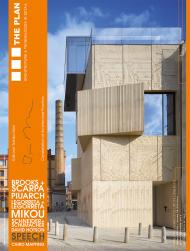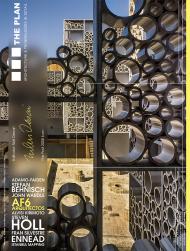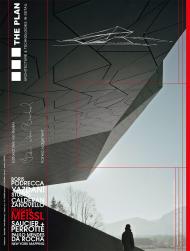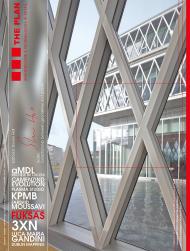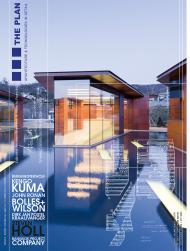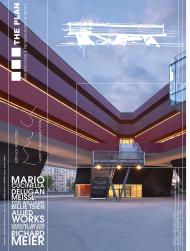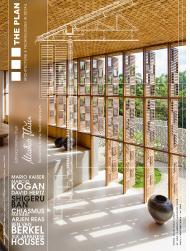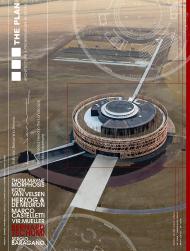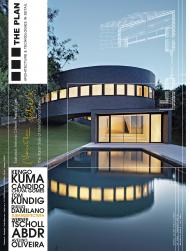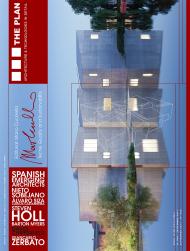Toshiko Mori
Constellation of Architecture Practice
Cairo Mapping: The International City of The Pharaohs
Cairo’s Informal Identity: from Megalopolis to gardens
David Hotson Architect
Skyhouse, New York, USA
A Project for Bologna: the Staveco site from military citadel to university campus
Piuarch
SPEECH Tchoban & Kuznetsov
Tchoban foundation Museum for Architectural Drawing
Mikou Studio
Jean Lurcat High School Gymnasium
